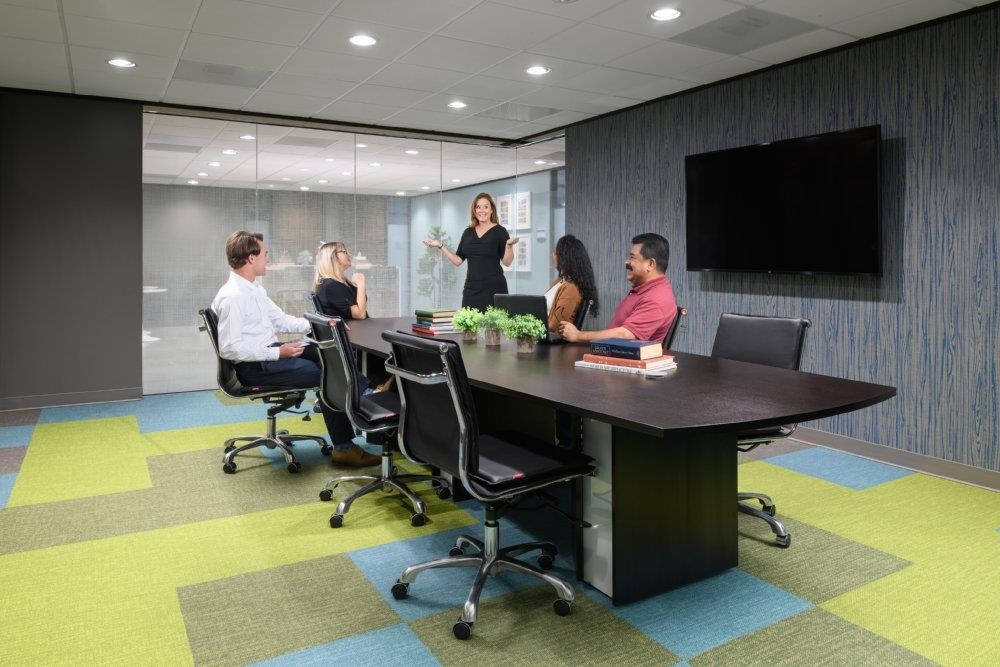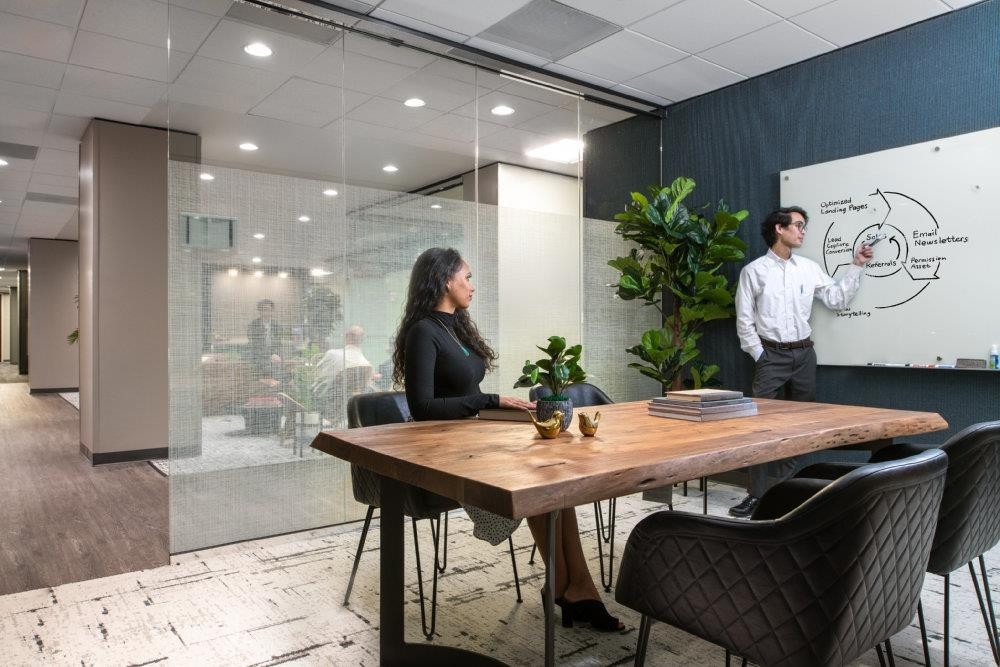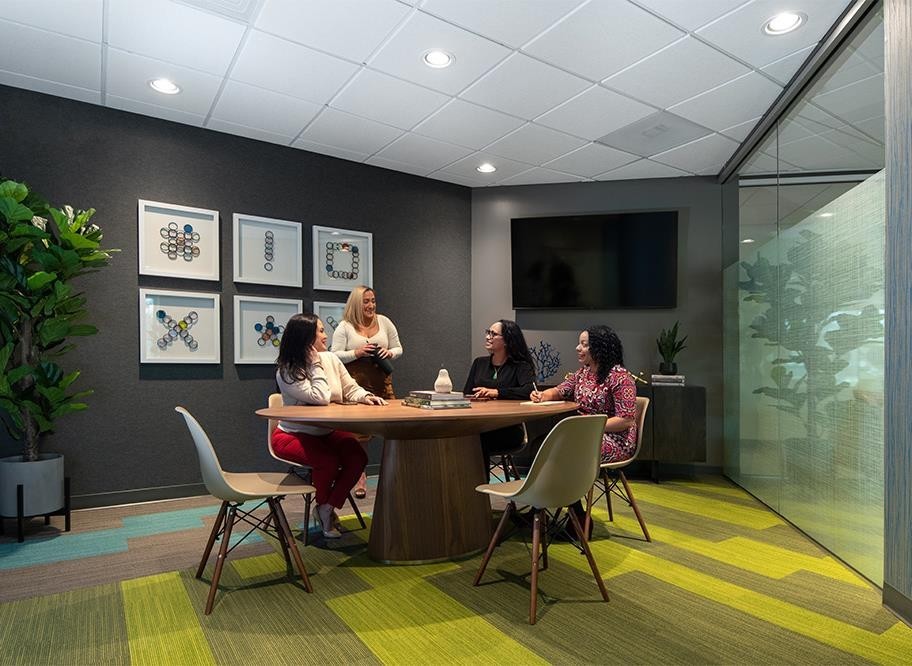A common question affecting employees and employers is whether returning to office-based work is really an option or is working remotely is the new post-pandemic norm.
We just underwent the largest “Work” experiment in history. COVID forced businesses to adopt remote working models and utilize various teleworking modes in order to keep operating. Do business owners have to accept the work structure of the last couple of years as the new norm? Is there another alternative that can provide a risk-free return to the office, while also maximizing the benefits of on-site and remote work?

What is this new option, and what are the powerful reasons that would persuade businesses to return to the office and reunite with colleagues.
The Hybrid Work Model
One popular post-COVID work option is the Hybrid Work Model, which combines elements from the traditional physical office environment with remote work, offering flexibility and support to employees. This new model offers more autonomy and a better work-life balance, so employees are more engaged, and employers benefit from a more productive, healthy, stable workforce.
But a ‘style of work’ definition will not be enough to embrace another workplace change, so what are the powerful motivations to get staff excited?

1. Dedicated and made-for-purpose workspace:
Although people have made temporary or single area adjustments, the home embodies too many daily distractions and is not primarily designed for efficient individual or group work, lacking specialized spaces and furniture to sustain the average 8-hour workday. Dedicated space and furniture specifically designed and built for the operation of a business, increase the productivity of individuals and teams, and ultimately has a positive impact on performance and the bottom line.
2. Safe Interactions in a pleasant space:
Socialization is essential for all organizations. Having a close relationship with coworkers allows teams to function more cohesively and creates a positive work environment. Although software tools like Zoom have improved how remote workers communicate, they will never replace face-to-face interactions.

3. Hello creativity, goodbye monotony:
Staring at a screen all day can erode even the most motivated employee. An environment that allows for relaxed, often non-work-related, communication with coworkers is crucial to break up the day. Isolation dramatically reduces the ability to share ideas, while a professional environment keeps employees focused on their work and builds their capabilities through collaboration. Co-working and flex spaces offer a variety of work and rest areas to encourage creativity and interaction.
4. Keep emotional health and motivation:
On-site work provides a clear separation between the two personal spheres of “Work” and “Home.” Physically going to an office and leaving home changes environments, where you can focus on work tasks and socialize with coworkers, leaving the daily house chores and family distractions behind. This cycle of change in pace and space will help motivate, while reducing stress and apathy.
5. Work-life Balance:
Since employees started working from home, the definition of ‘work-life balance’ has changed. Before COVID, many believed that working from home was a perfect scenario, but what we have learned for this global work experiment during lockdowns, is that working from home has resulted in longer workdays riddled with distractions and less time for quality recreation, which allows employees to physically and mentally recharge. Without the hour-long commutes, meetings have started earlier and gone on longer, significantly increasing the standard 8-hour workdays. The move back to the office will reestablish these boundaries and bring back a work-life balance, where “Home” is really a home.
To conclude, adequate lighting, a noise-free environment, being around colleagues, quick connectivity, and a comfortable and ergonomic work environment help boost innovation, teamwork, and productivity. Although the cost of a workspace is a significant part of a business’s expense, a hybrid work model provides options to build a flexible environment around your business needs. From professionally managed individual suites that offer desired privacy to shared conference rooms and coffee bars allowing for collaboration while enjoying complimentary Wi-Fi, a hybrid model with flexible space can work for every company.
Workstyle’s flexible and collaborative spaces are well suited for the hybrid model and promote business agility and flexibility, providing startups and small businesses with individual spaces at a fraction of the cost of traditional office space. Workstyle encourages creativity and fosters collaboration to generate emotional connections.



